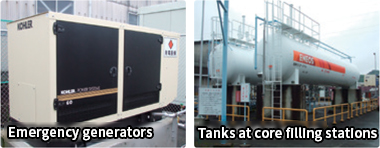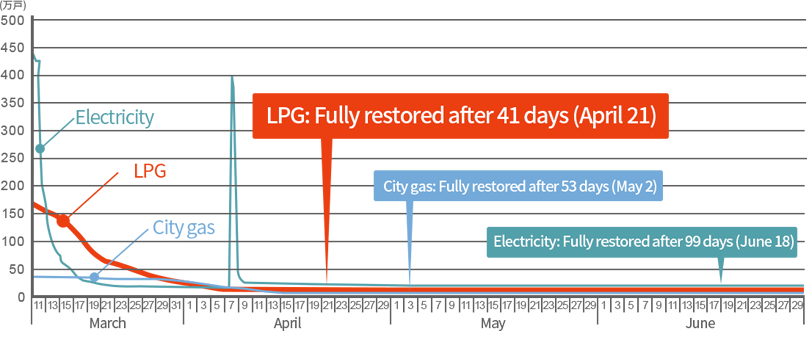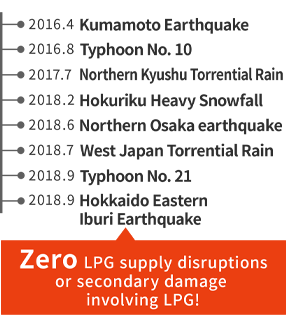About LPG
LPG is environmentally-friendly,
portable, and disaster resilient.
Approximately half of all Japanese households use LPG.
LPG is environmentally-friendly,
portable, and disaster resilient.
Approximately half of all Japanese households use LPG.
What is LPG?
LPG is an abbreviation of “Liquefied Petroleum Gas,” the generic name for gases composed primarily of propane (C3H8), which contains three carbon atoms, and butane (C4H10), which contains four carbon atoms.
LPG is a commonly-used energy source that can be delivered to almost all areas of Japan, and is used by about half of Japanese households.
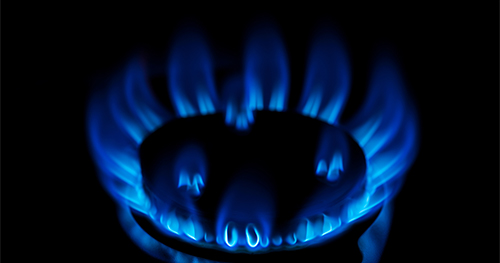
The Three Advantages of LPG
LPG has three main advantages: it is environmentally friendly, portable, and disaster resilient.
Feature
An Environmentally-Friendly, Clean Energy Source
LPG is an environmentally-friendly, gaseous energy source that emits less CO2 than oil fuels. Moreover, as it contains negligible levels of sulfur and nitrogen, it emits almost no sulfur oxides (SOx) or nitrogen oxides (NOx) during combustion, as well as no soot, resulting in clean emissions.


Feature
A Portable, Individually Distributed Energy Source
Although LPG is a gas at room temperature and pressure, it can be liquefied easily by applying a small amount of pressure, making it an extremely portable energy source. Thanks to these properties, LPG can be supplied to almost all of Japan, from urban areas to remote islands and mountainous regions. It is also used in lighters, portable gas canisters, and spray cans.

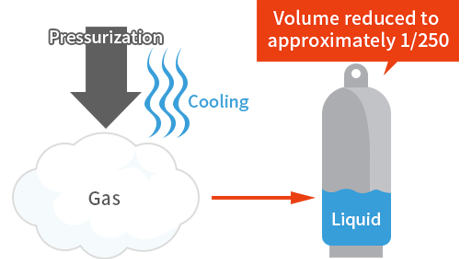

Feature
A Disaster-Resilient Energy Source
As LPG is supplied on an individual basis, it can be restored more quickly than other energy sources in the event of a disaster. In recent disasters, there have been no supply disruptions to LPG, nor has it caused any secondary damage. LPG is also used in disaster-hit areas to power emergency cooking and to provide heat sources to temporary housing.
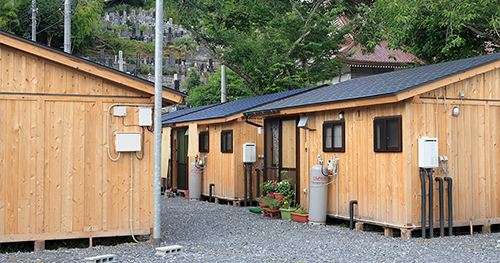
LPG is Easily Stored and Preserved
In addition to quick recovery of supply, LPG can also be considered a disaster-resistant energy source due to the following two factors.
- It can be stored at any time.
- It can be stored for long periods of time.
Evaluation of storage and preservation ability of respective energy sources

LPG has excellent storage and preservation performance, making it an ideal source of energy in emergencies.
In Japan, LPG reserves and supply systems have been established in preparation for disasters.
In addition to quick recovery of supply, LPG can also be considered a disaster-resistant energy source due to the following two factors.
| Uses and Advantages of LPG |
LPG is a decentralized, clean gas energy source that supports daily life and industrial activities in normal times, and also plays a key role in emergencies due to its inherent advantages including portability and ease of storage, as well as its well-established supply network for end consumers and stockpiling system. |
|---|---|
| Strategic Direction |
As LPG serves as a "final stronghold" energy source in the event of a disaster, we will work to bolster the resilience of the LPG supply system by ensuring steady stockpiling of reserves and strengthening facilities at core filling stations. |
As described above, we are working to strengthen our stockpiling and supply systems in Japan in preparation for potential disasters.
Japan's LPG stockpiling system
Japan has a total of approximately 90 days of LPG stockpiles, including both national and private reserves, in order to meet energy needs in the event of overseas supply disruptions, earthquakes, or other disasters.

Strengthening the LPG supply system
We are working to strengthen shipping functions at import terminals and core filling stations.
・Deployed mobile power supply vehicles to four terminals in Japan (Kawasaki, Nanao, Yokkaichi, and Fukushima)
・Equipped 340 core filling stations across Japan with in-house power generation systems, etc.
→Established a framework for ensuring LPG supply even in the event of a power outage.
